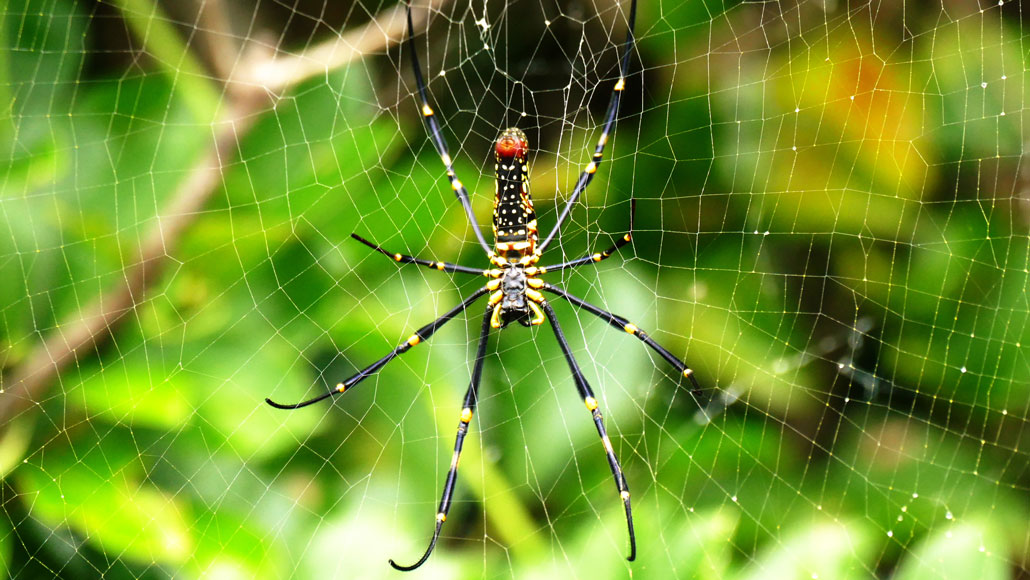
Yellow patterns on the undersides of many orb weaver spiders, like this Nephila pilipes, attract flying insects, researchers say.
Travelina/iStock/Getty Images Plus

Yellow patterns on the undersides of many orb weaver spiders, like this Nephila pilipes, attract flying insects, researchers say.
Travelina/iStock/Getty Images Plus